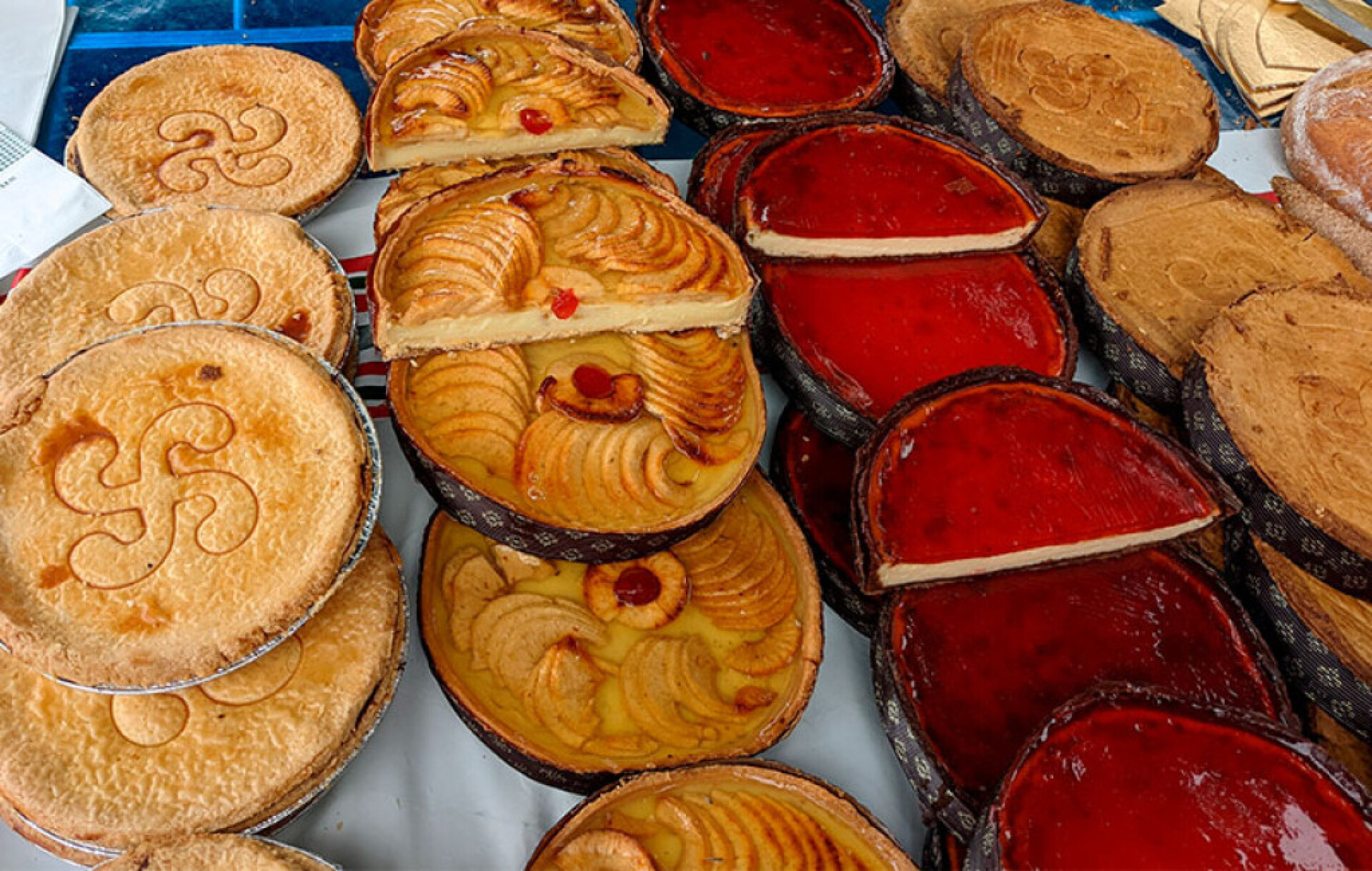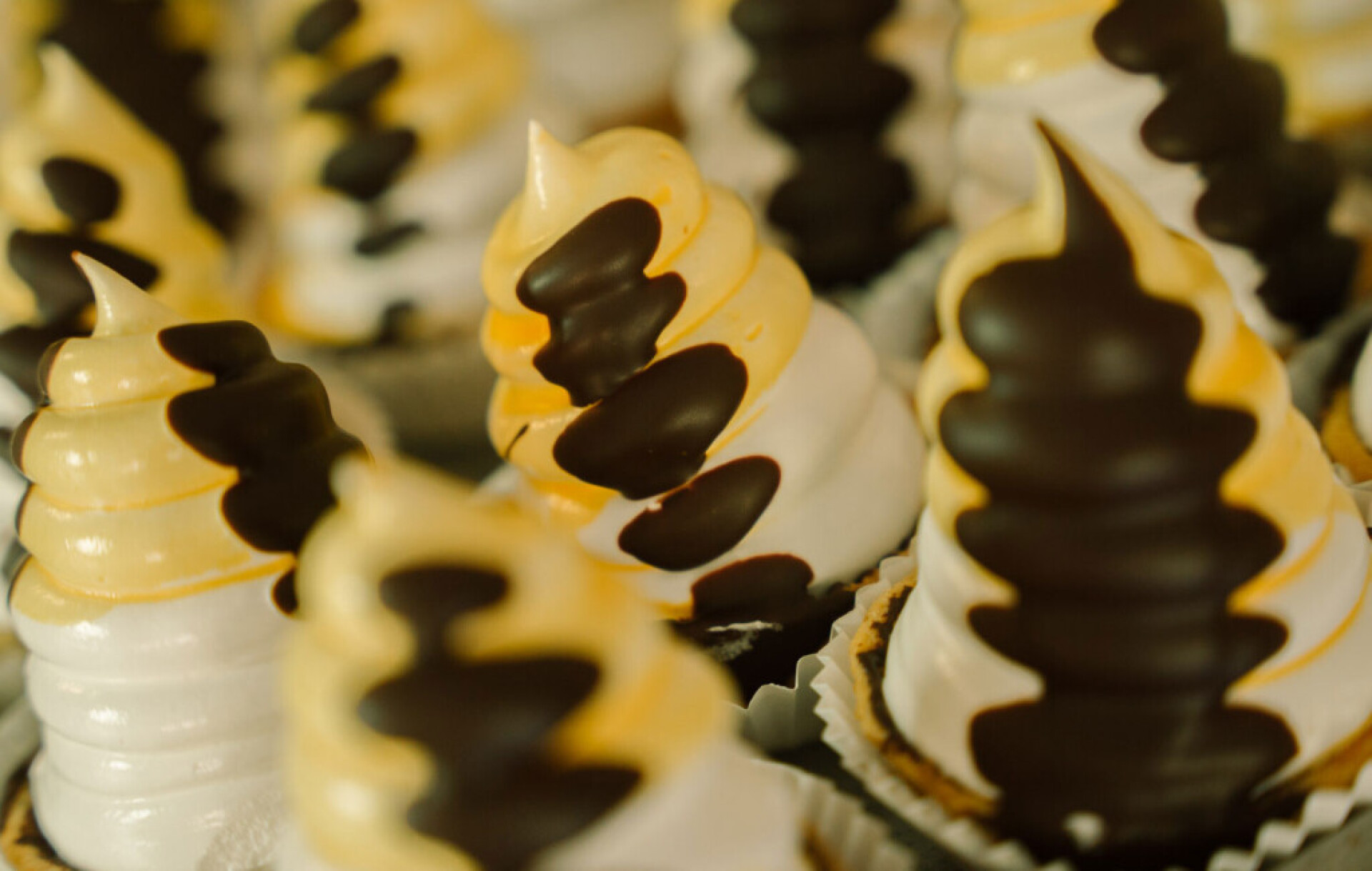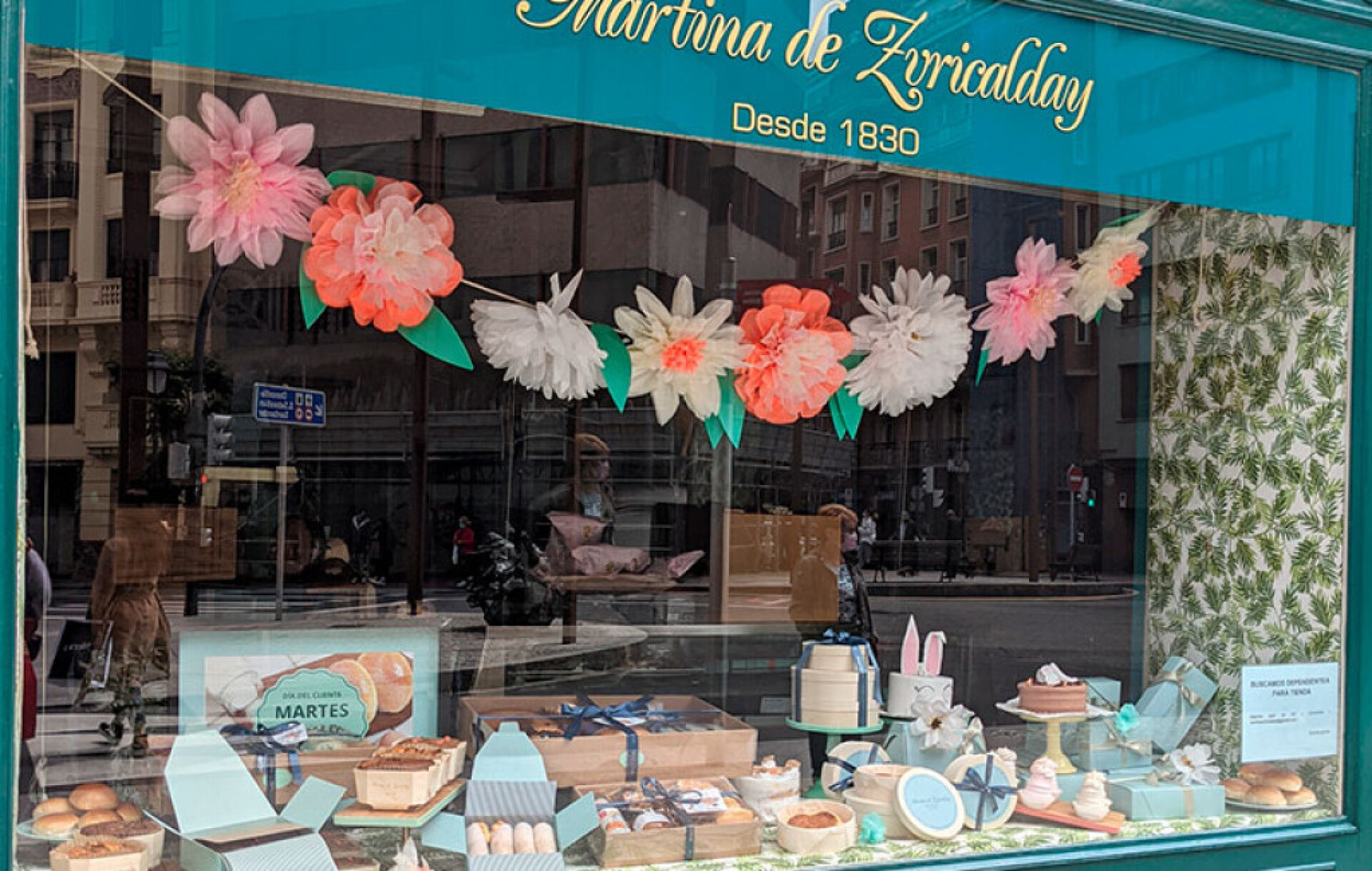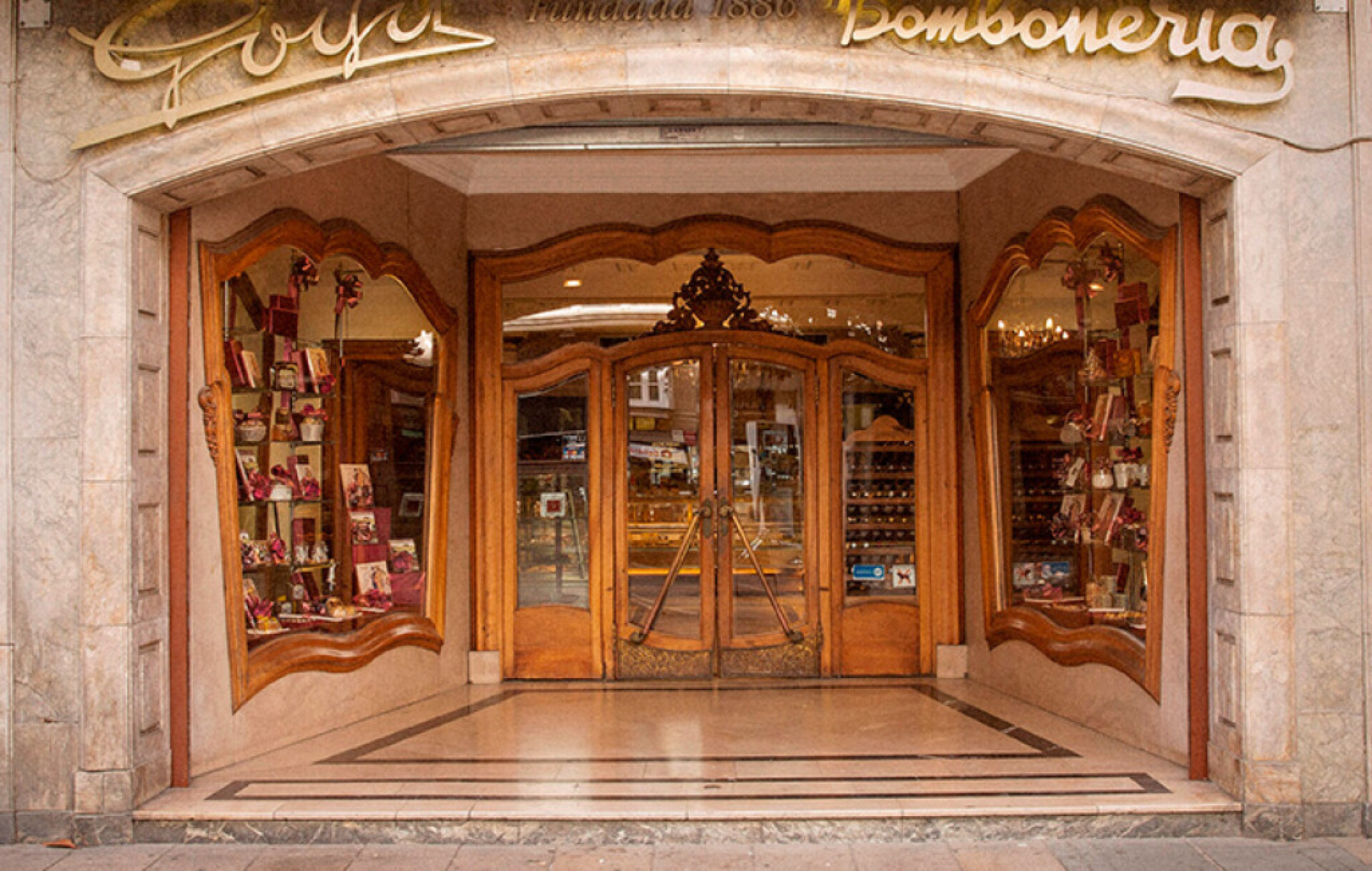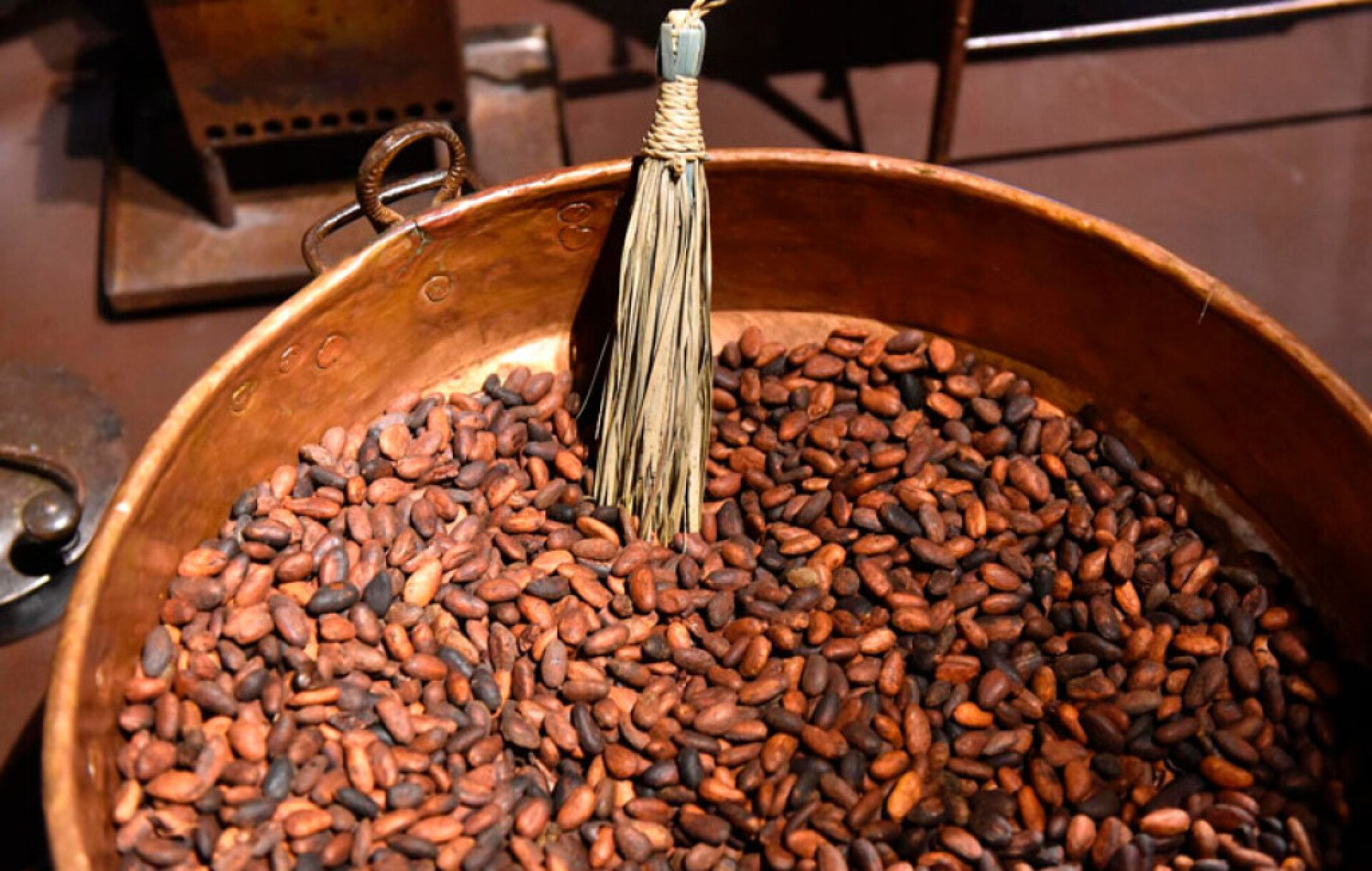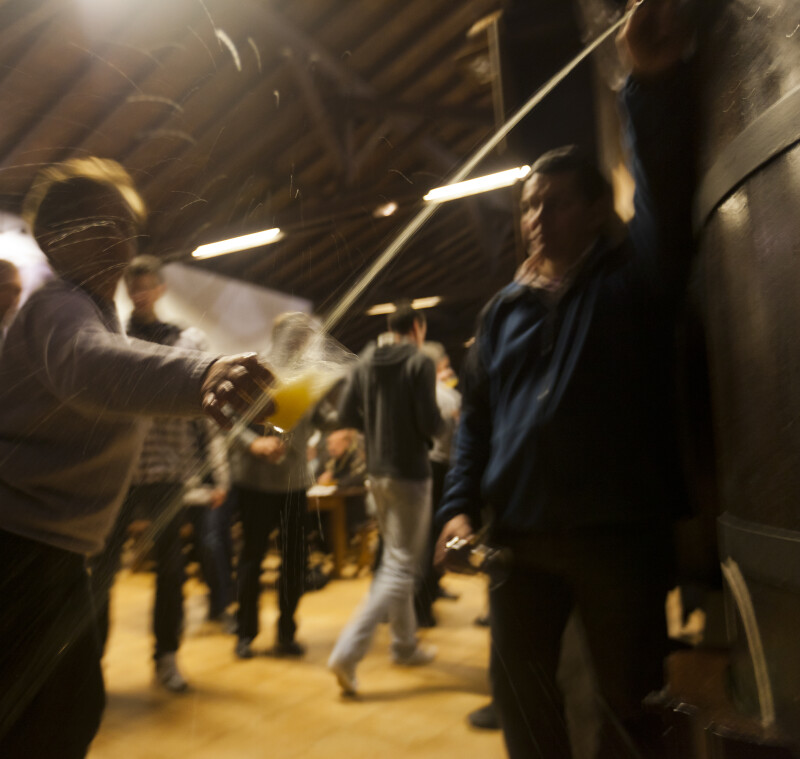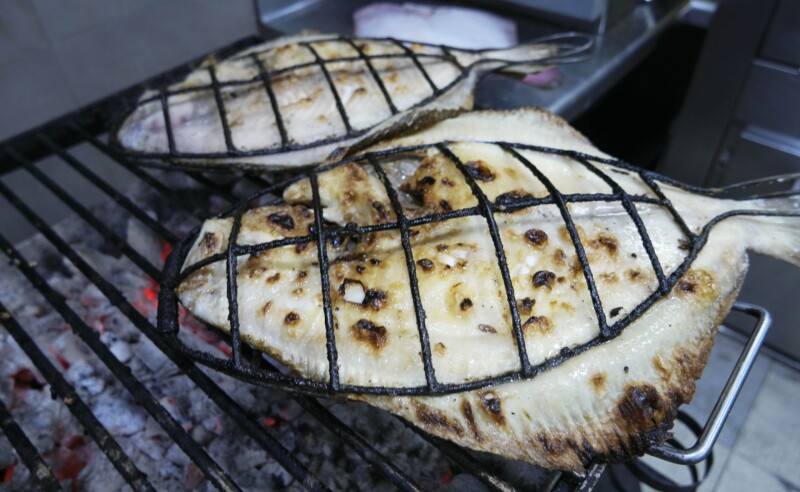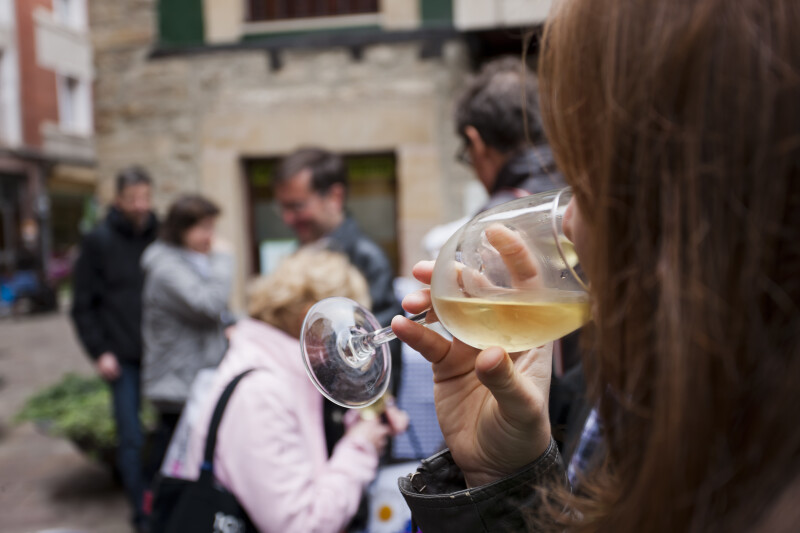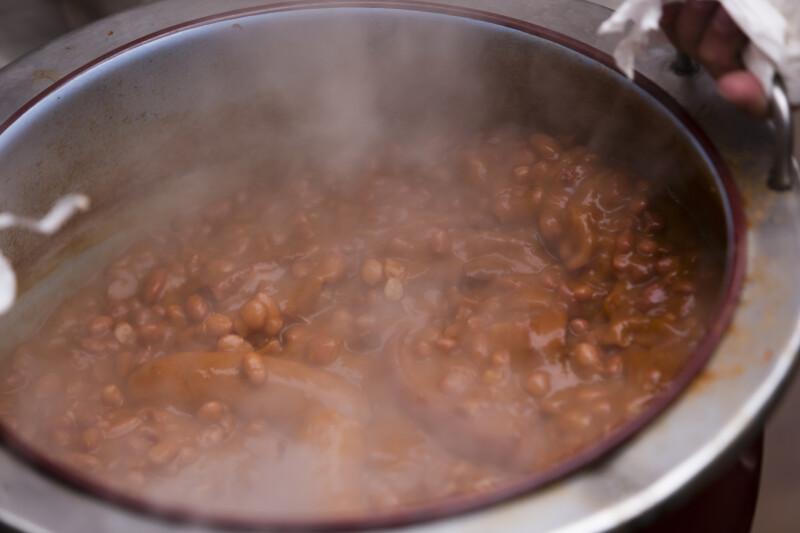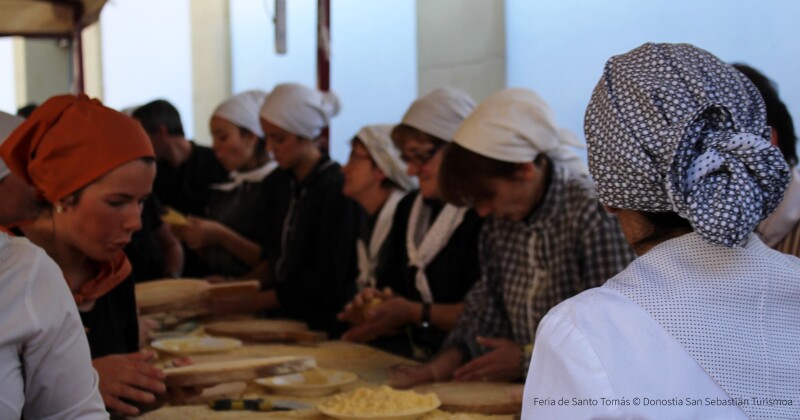The confectionery tradition in the Basque Country: Discover our sweetest side
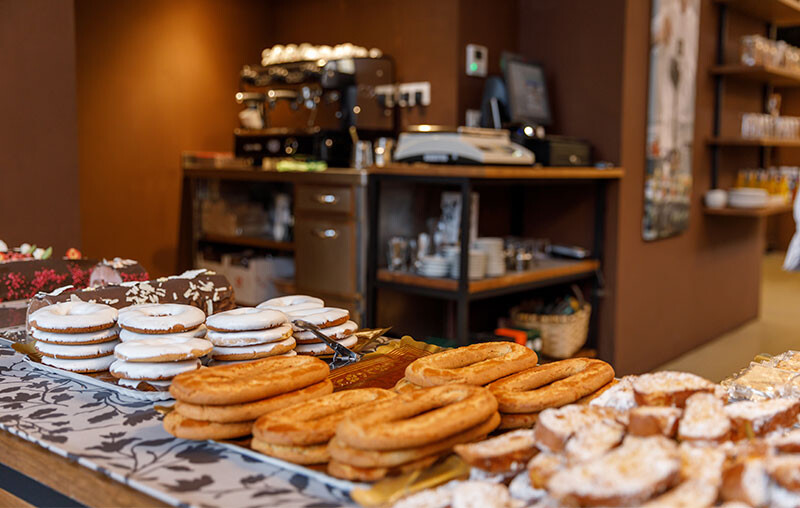
To talk about the first Basque confectioneries, we must go back to the time when honey and sugar were discovered. It was a chemist named Marggraf who in 1740 saw that beets contained a large amount of sugar. Nevertheless, the first sugar factory was not created until 1801, after many years of researching how to extract it.
In the 18th century the production of sweets spread throughout the peninsula, and, in the beginning, this career was divided into two trades. On one hand, the pastry chef was responsible for producing all kinds of sweets: marmalade, jams, candies, and cakes. And, on the other, the one known as bollero was in charge of producing flour, lard, and other products made of sugar.
With the passage of time, chocolate also became part of the confectionery. In Basque Country, it was extremely popular to drink chocolate with sugar frills. But not everything confectioners made was edible, as they also produced candles. Thereby, they took advantage of the wax they extracted from the combs when removing the honey.
What we recognize today as a confectioner is a mixture of both profiles: pastry chef and bollero.
Basque sweets
Basque gastronomy is not merely known for its excellent plates; it also brings together delicious desserts. Let's get to know some of the typical sweets of Euskadi!
- Basque cake
It is one of the must-have pastries at any Basque gastronomic fair. Its origin dates back to the 18th century and its identity is Basque-French, as it comes from the city of Cambo-les-bains. It was a dessert that was eaten on Sundays or on special occasions.
Initially, it was known as “bistochak”, but since it was tough for people who came from abroad to pronounce it, they began to call it “the Basque cake”.
Formerly, the recipe included figs, cherries, blueberries, and fruits that were in the hamlets, but today, it is filled with pastry cream and can be purchased at any pastry shop.
If you taste it, you will surely want to repeat it.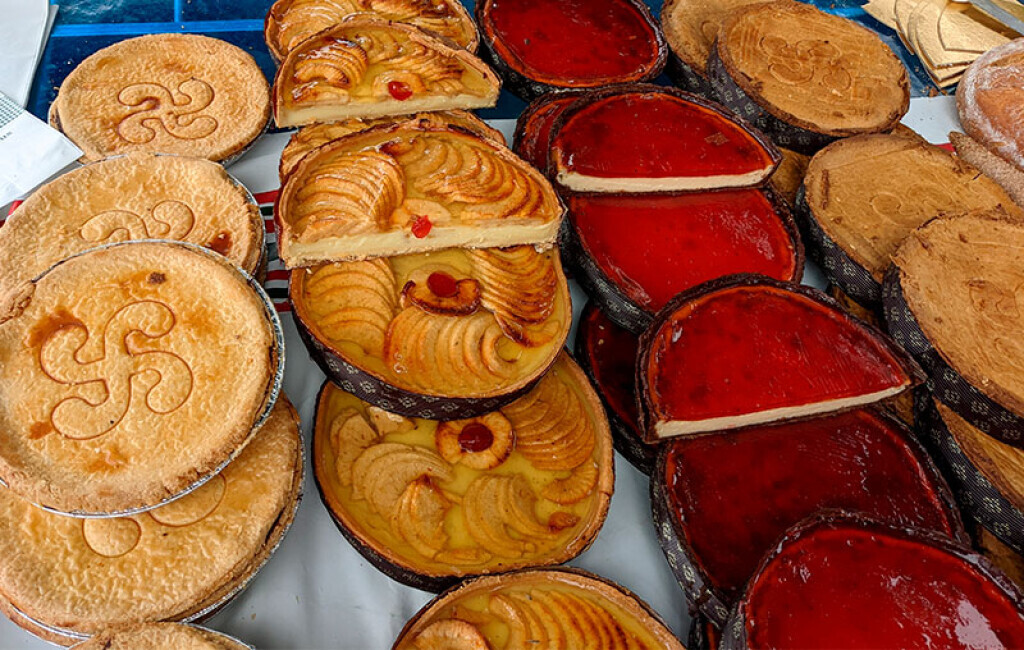
- Carolina
Carolina is a typical Bilbao sweet, and there is no bakery in the city that does not have this delicacy in the storefront.
According to the legend, it was invented by a pastry chef as a tribute to his daughter on her birthday, and since the sweet-tooth girl was called Carolina, the dessert received the same name.
It is a puff pastry base filled with pastry cream with a meringue cloud decorated with egg yolk and chocolate on top.
Stunningly visual and a delight for the palate.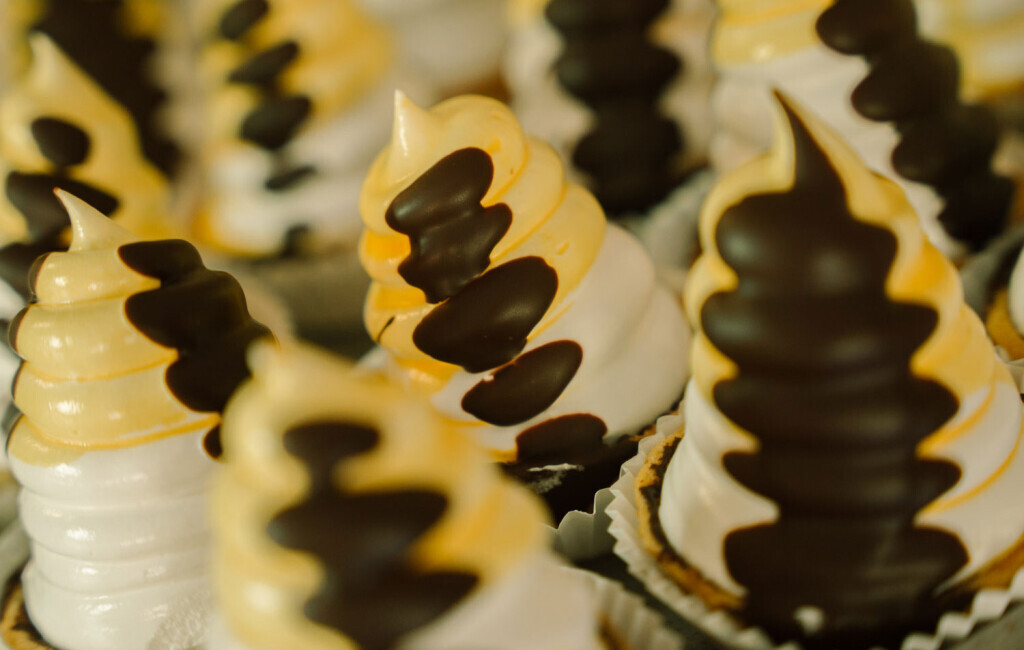
- Gorrotxas or Tolosa delights
The typical sweet of Tolosa created by Xaxu, is a pastry of almond cream with marzipan and yolk. Admired by great Basque chefs, you can find this sweet on the dessert menu of the most prestigious restaurants in the Basque Country.
This sweet can be eaten in a single bite, as it is full of contrasts and has an incomparable creaminess. - Tejas and cigarrillos
This pair of sweets also have their origin in Tolosa. On one hand, are the popular tejas, a paste with almonds bathed in egg yolk and with a soft touch of citrus. On the other, are the famous butter and ground almond cigarrillos.
Perfect to eat as a dessert after a copious meal or to accompany a coffee, these Eceiza delicacies have crossed borders.
Confectioneries and pastry shops
There are many confectioneries and pastry shops in Euskadi, since there has always been a great pastry tradition in our gastronomy. Next, we present to you some of our most renowned establishments.
- Martina de Zuricalday
It is the oldest artisan workshop in Bilbao. Famous for its carnival tostadas and the elegant decoration of its storefront, filled with a vast variety of sweets. He has four pastry shops spread throughout the town.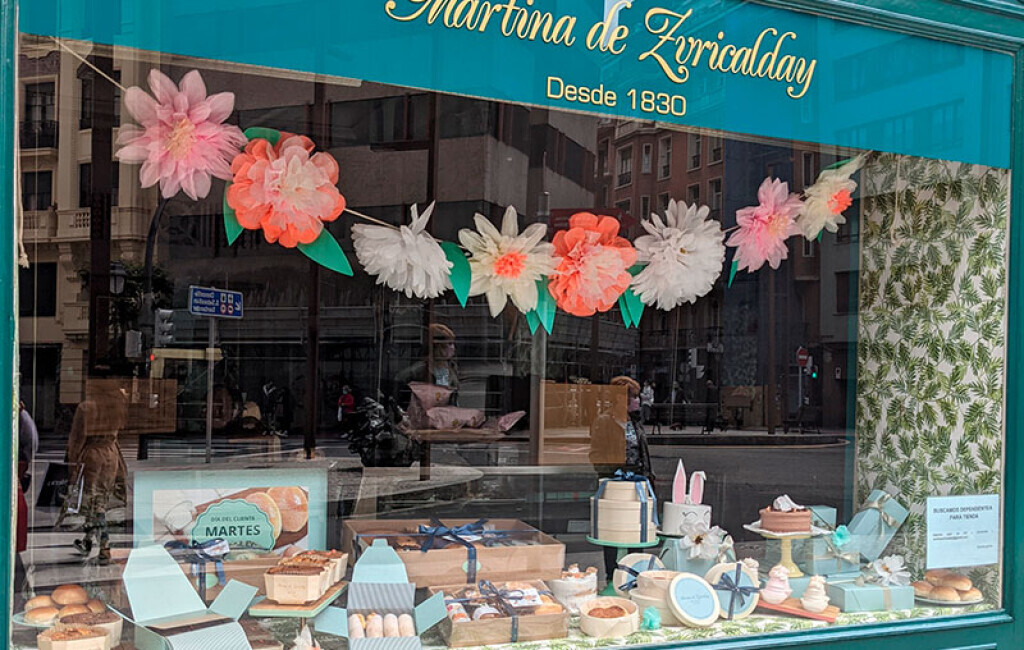
- Arrese
The Pastelería Arrese remains a classic in Bizkaia. It was founded in 1852 in Bilbao and is famous for its delicious cream and chocolate truffles, its tea pastries, the chocolate palm tree, and of course, the precious butter bun, so typical in Bilbao. - Eceiza
The workshop where tejas and cigarrillos were created. Founded in 1924 in the cosy town of Tolosa in Gipuzkoa, it offers all kinds of sweets to be consumed for breakfast, as a dessert, or for a snack. - Goya
Confituras Goya, founded in 1886 and with five generations behind it, is a Vitorian establishment that makes nougats, truffles, chocolates, tarts, and all kinds of cakes. It has eight establishments throughout Vitoria-Gasteiz, as well as in Pamplona, Logroño, and Bilbao.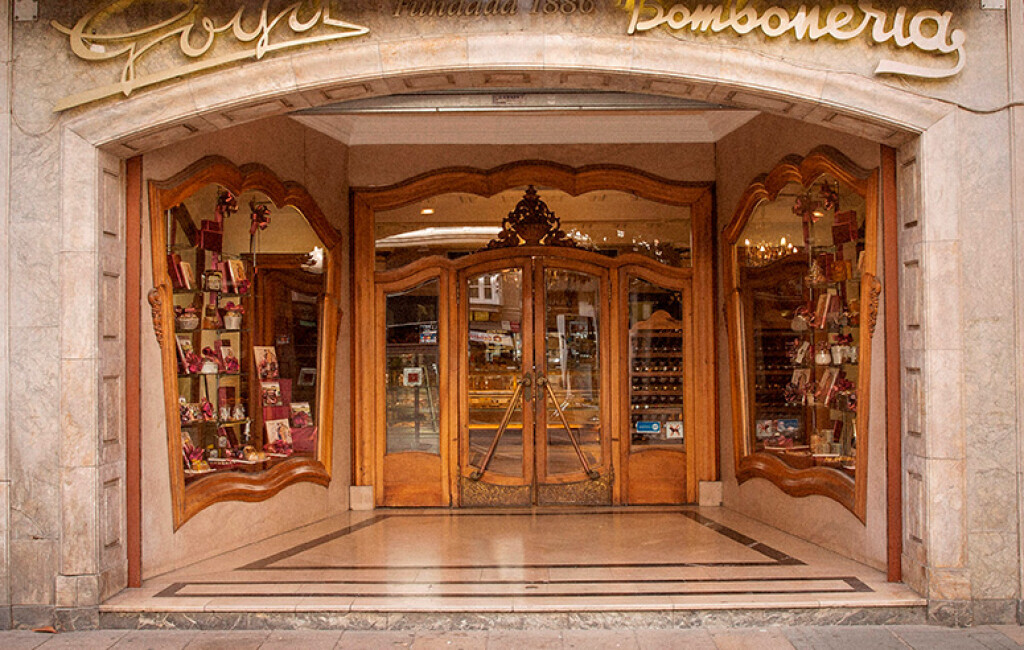
- Bidaguren
The most prestigious patisserie-confectionery in Urdaibai, famous for its “Ori-baltzak”, sponge cakes filled with buttercream covered with white or dark chocolate.
Founded in 1942, the Pasteleria Bidaguren started as a tasting point and today it is a fundamental stop if you visit Gernika or its surroundings. Try their rice cake, their bite-size cakes, and of course, take a box of "Ori-Baltzak" with you.
Chocolate museums
In the Basque Country we have two museums dedicated to this popular food:
- Rafa Gorrotxategi Txokolate Museum
Learn about the history of cocoa and txokolate. How, where and when it was discovered. The uses it has been given over time, the different ways of consumption, etc.
- Txokolateixia
This Chocolate Interpretation Center teaches the history of the relationship between Oñati and chocolate production.
Confectionery routes
There are so many typical sweets from Euskadi that there are even tourist routes where these products are the protagonists.
- From Vitoria-Gasteiz to Irún
The route known as Sweet Euskadi leaves from Vitoria-Gasteiz, traveling through Bilbao, Barakaldo, Markina-Xemein, Abadiño, Mendaro, Bergara and Tolosa, until arriving at Irún.
Vasquitos and nesquitas, chuchitos, torrijas, cream canutillos, baracaldesitas, intxaur-saltsa, mamia (curd), chocolate ... are just some of the names that will make your mouth water.
- Chocolate workshop
Another alternative to get to know Basque confectionery first-hand is by attending this chocolate workshop in the bakery workroom run by Rafa Gorrotxategi, a master craftsman.
You will understand the origin of cocoa and chocolate, taste it, and, additionally, you will have the opportunity to produce your own chocolate.
You can not miss this!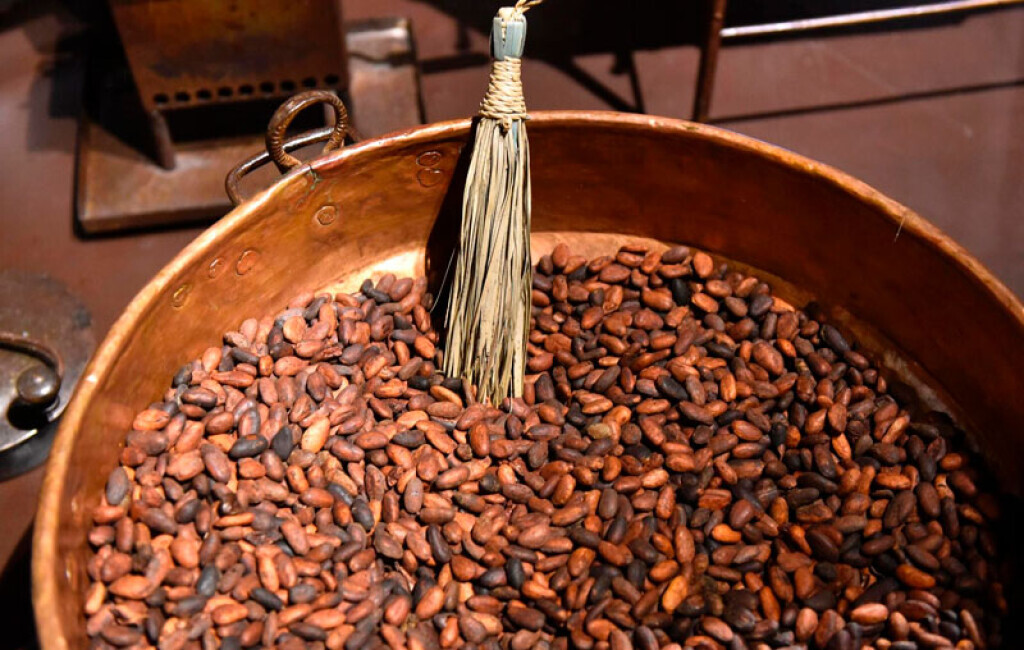
- From Tolosa to Vitoria
A suggestion that invites you to visit the three provinces, from Tolosa to Vitoria-Gasteiz, tasting a typical sweet at each stop.
From tejas and cigarrillos, through xaxus, martintxos from Beasain, macaroni from Azpeitia, rice cake and butter bun from Botxo, to goxua from Vitoria-Gasteiz. Will you join?
Christmas sweets
The truth is that any season is good to indulge yourself, but there are specific sweets that are only consumed on these special occasions, like polvorones, nougat, and/or roscón de reyes.
These are, among others, the traditional recipes prepared for Christmas in Euskadi:
- Goxua
Known as the dessert that is eaten from the bottom up, its name means "sweet" in Basque. It is a typical dessert from Vitoria-Gasteiz, even though today it has spread throughout the Basque Country.
This sweet, created in the 70s, is composed by a whipped cream base, a layer of sponge cake and another of caramelised pastry cream. The most traditional way to serve it is in the typical clay pot.
Luis Sosoaga, its creator, was inspired by the Catalan cream when producing this recipe and the result was this delight. - Intxaur-saltsa
It means walnut sauce and is of great tradition in rural areas. It is a recipe made with milk, cream, cinnamon, nuts, and sugar. It can be consumed alone, as a companion to a biscuit or cake, or even to make nougat, forming a paste with the sauce.
An easy recipe that never misses on the table to celebrate the Christmas holidays. - Jam
Another dessert that cannot be missed at Christmas is the jam. It is a broth made up of a variety of fruits: apples, figs, plums, dried apricots, peaches, and pears soaked in water and red wine with a handful of sugar and cinnamon. Once all the ingredients have been incorporated, they are simmered until the liquid thickens. - Marzipan eel
This traditional sweet was loved by boys and girls. Nowadays they are not so popular, although some confectioneries continue producing them. It typically comes in a round box containing marzipan in an eel or snake shape, decorated with sugar and chocolate, and accompanied by comfits
Go ahead and visit one of our confectioneries and take a few traditional sweets to savor with your family this Christmas.
